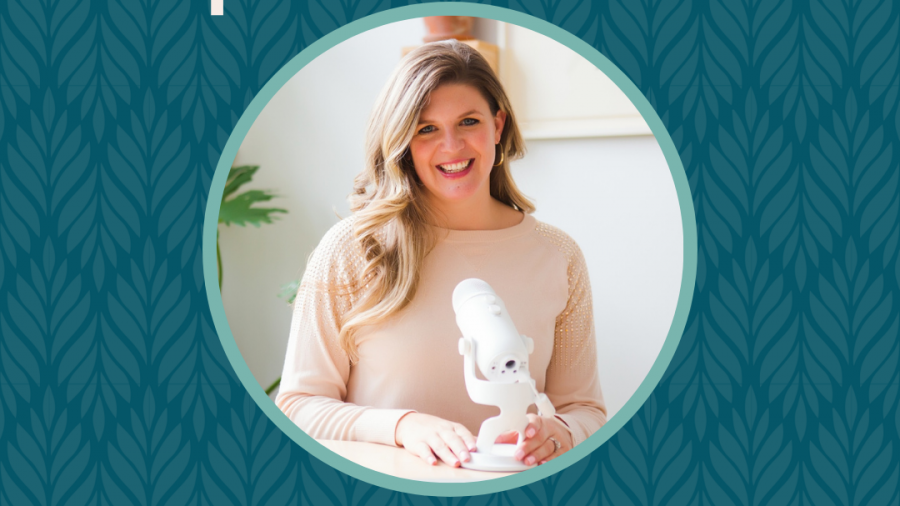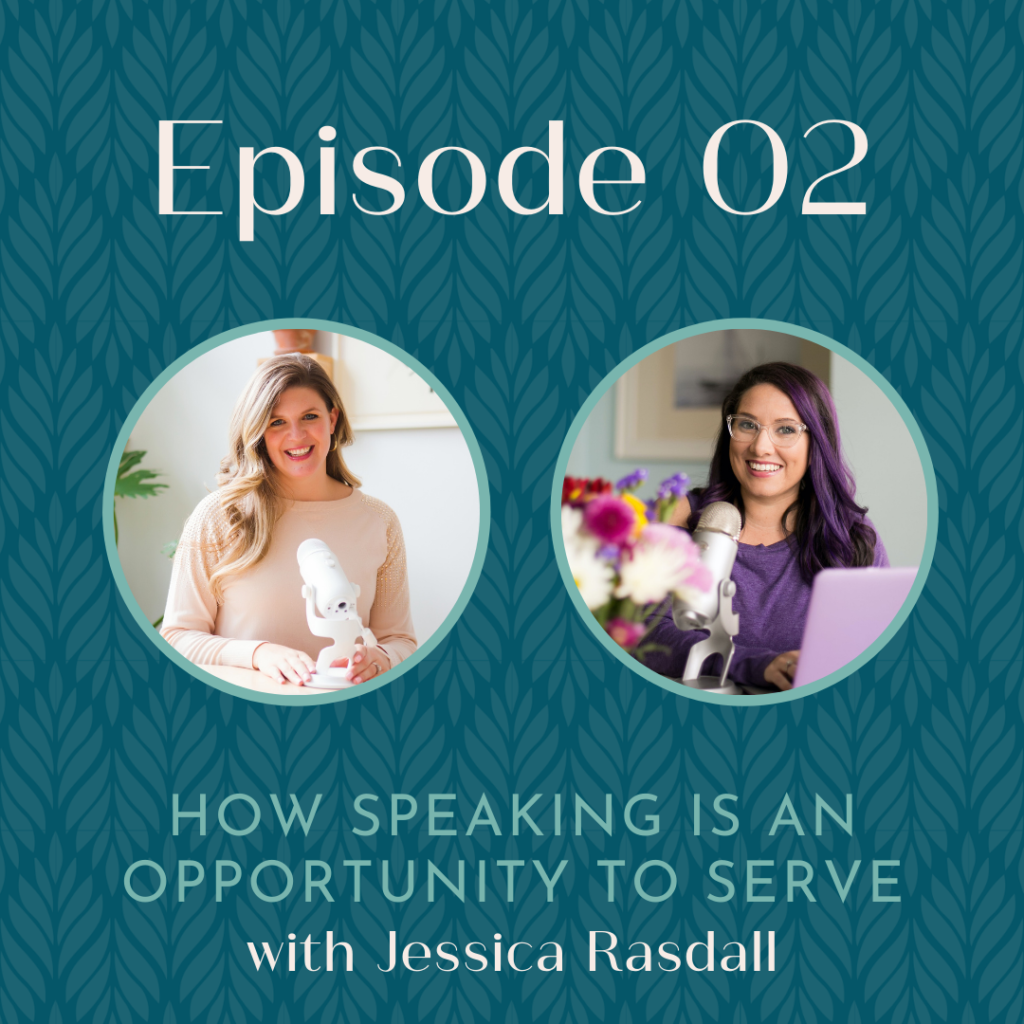What makes a bookkeeper different from your accountant? Do you need a financial advisor or a CFO? What does a CFO really do? Do you need all of these people at this stage of your business?
If these questions sound familiar, you’re not alone. I’ve found that entrepreneurs sometimes confuse the different roles that financial experts can play in their companies. So, today we’re going to go over the 4 key finance pros and bring some clarity to what each role means, what those professionals are best at, and how to know if they’re the people you need in your business right now.
From filing taxes to investing to planning your financial future we’ll explore how to find the best “numbers people” and how the right finance pro can help you grow your impact and your bottom line.
Plus, if you still aren’t sure who to hire right now, I’ll give you a sure-fire way to make that decision easier.
If you’ve ever worked with one of these professionals before and thought, ‘I’m really not getting what I want out of them. Aren’t they a numbers person? Maybe they’re just bad at their job.’… Just remember, there are four or five very distinct finance people that you might need in your business.
In This Episode We Explore:
- The 4 financial professionals that you may need in your business right now
- How to know if you’ve got the right person for the right role in your business
- What makes a bookkeeper different from an accountant or a financial advisor
- Which pros can help you plan for more than just your business’ financial future
Take The Quiz
Find out which finance pro you need in your business right now by taking the quiz here.
Want more of the 100 Degrees of Entrepreneurship podcast?
Follow me on Instagram: @stephanie.skry (Tag me in your screenshots of the podcast and I’ll be sure to share!)
If you want to stay in the loop about what our next episode is live, enter your email below
Ready To Step Outside Your Comfort Zone And Make A Bigger Impact?
New Podcast Episodes Drop Each Week.
Click here to subscribe to the show so you don’t miss a thing!
Click here to read the full transcript.
























